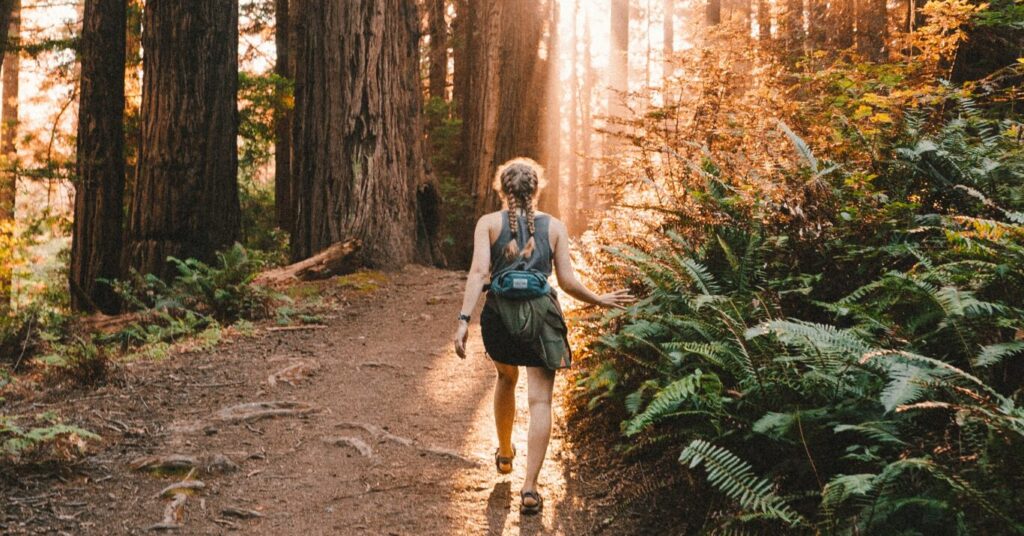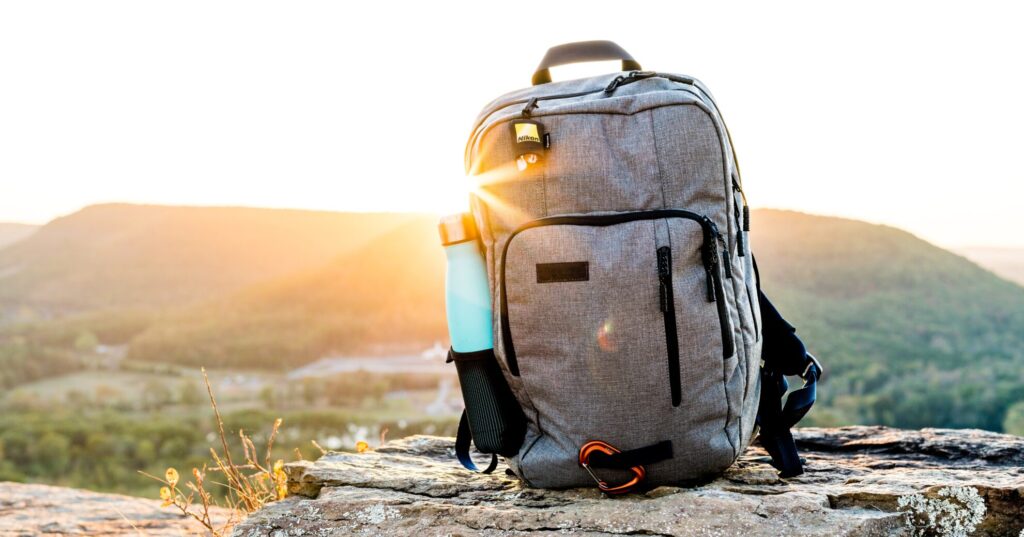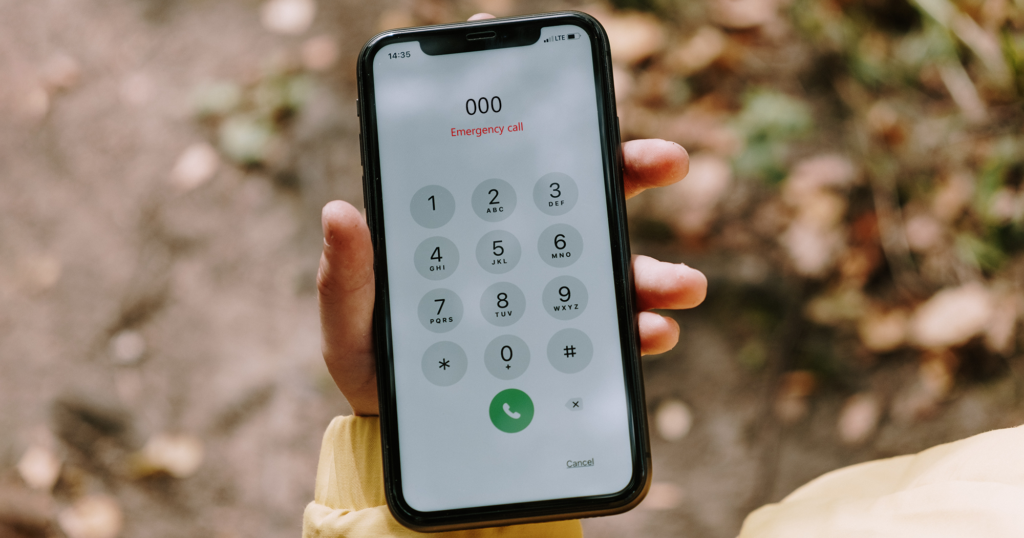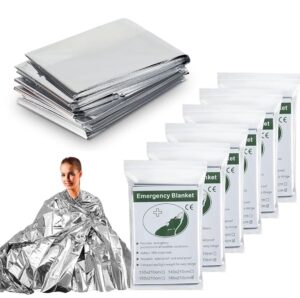Hiking is great exercise, an enjoyable way to discover new places, and perfect for getting out of your comfort zone. And in Australia, we are blessed with some incredible hiking options - from overnight hiking on the Overland Track in Tasmania, stunning day-long hikes in the Blue Mountains, or visiting sacred Indigenous sites on the NT's Larapinta Trail.
It can also, however, be a rather dangerous activity if you head off on a hike without being properly prepared and taking appropriate precautions. Following best practise for hiking safety is vital in ensuring everyone returns from your hike happy and healthy, so we've put together a few tips to help make the experience as safe as possible.






